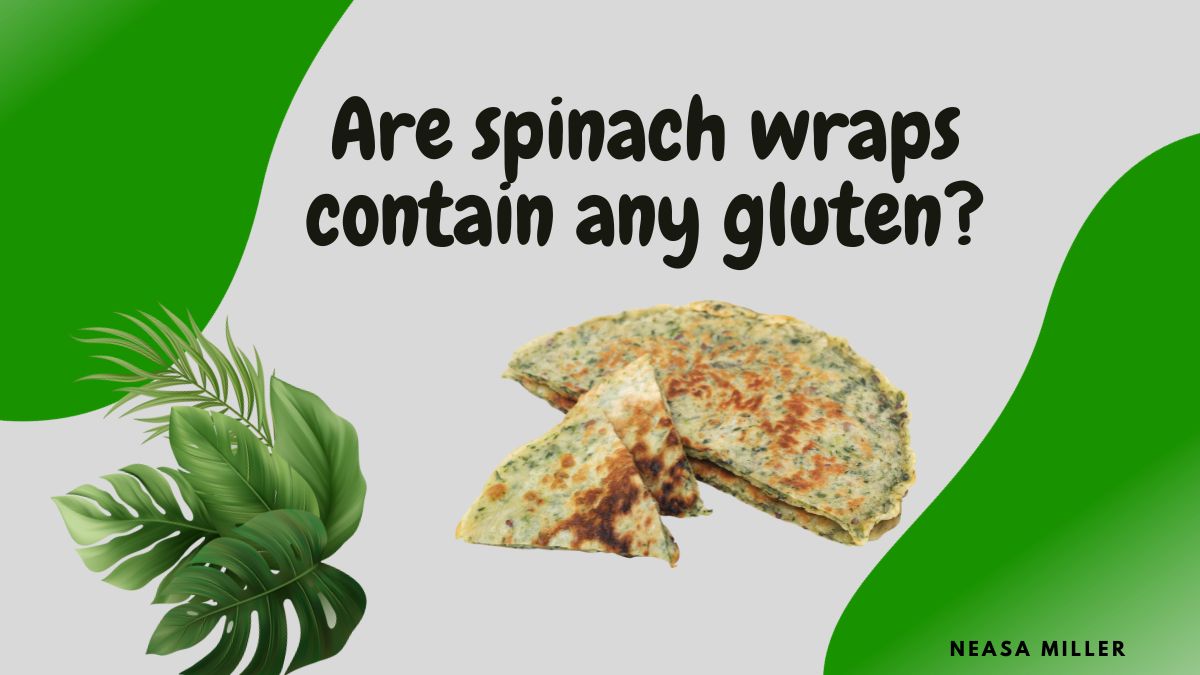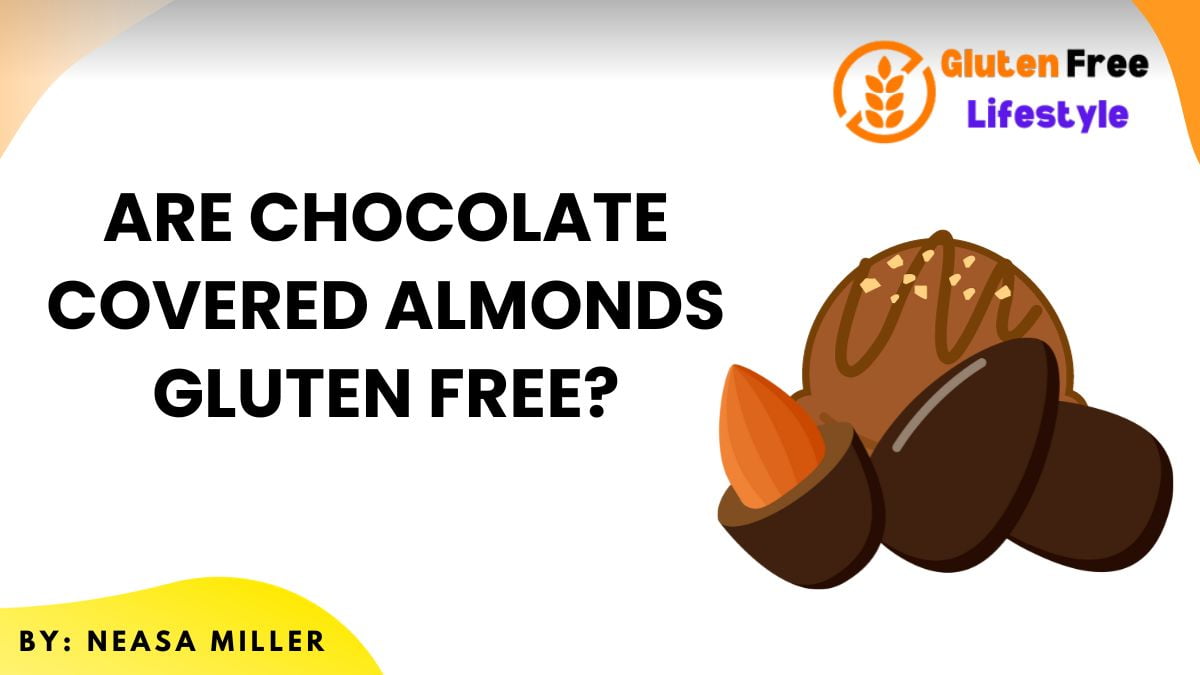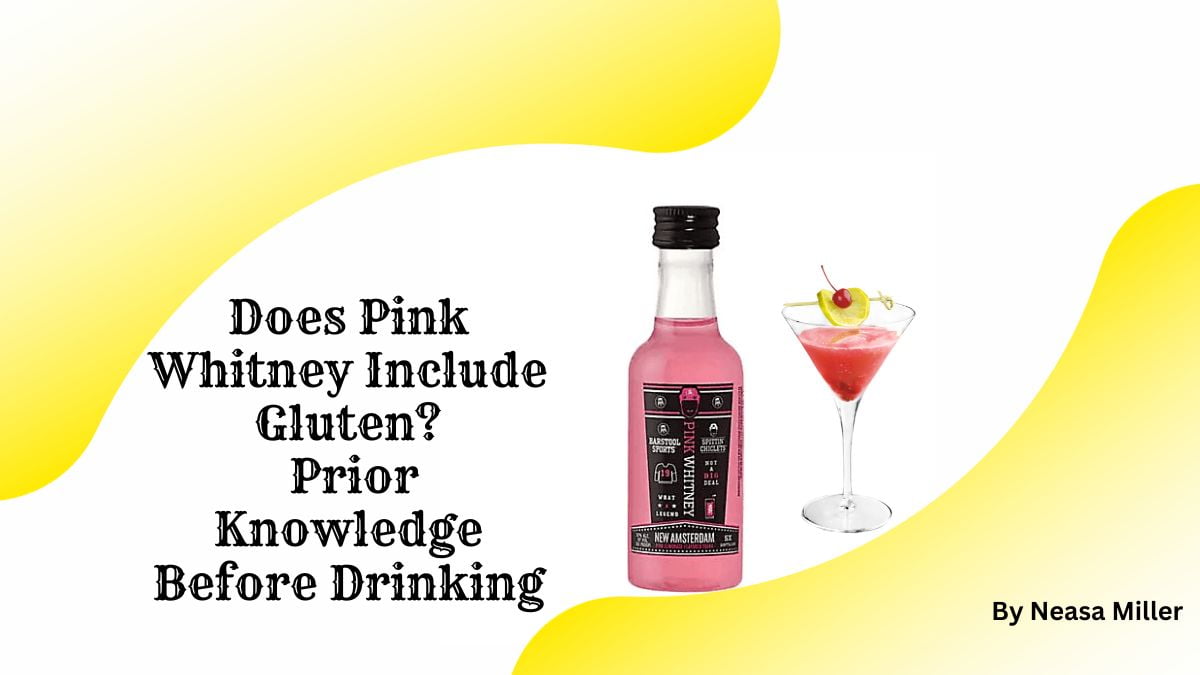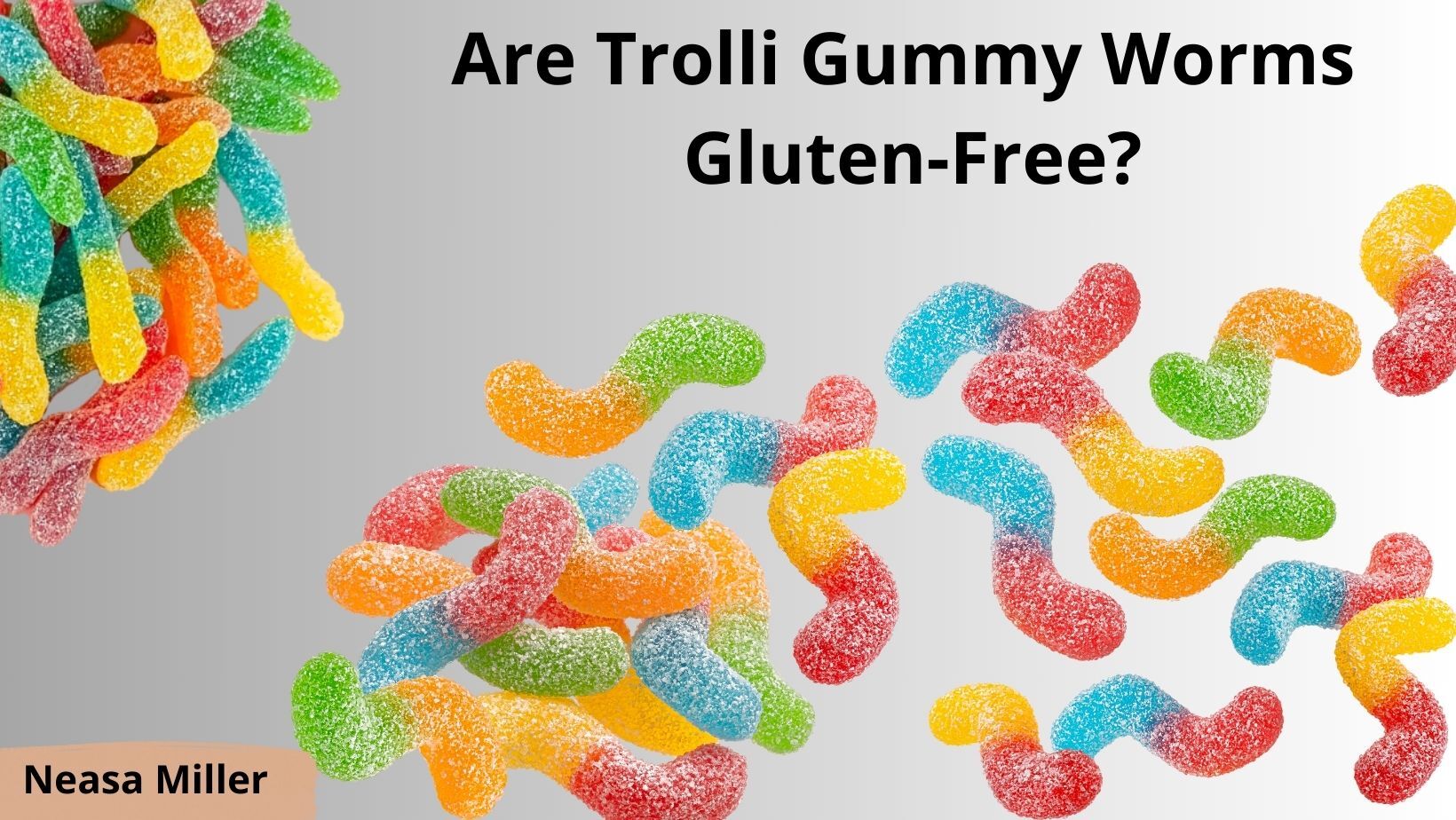Imagine biting into a wonderful, colourful spinach wrap. This would be a nice and healthy supper option, right? However, if you’re one of the many people attempting to follow a gluten-free diet, you’ve probably found yourself wondering whether spinach wraps contain any gluten.
For people with celiac disease or gluten sensitivity, gluten—that sneaky protein found in wheat, barley, and rye—has emerged as their ultimate enemy. Uninvited visitors have the power to transform a pleasant eating experience into a stomachache-inducing nightmare. So, if you’re looking for solutions, you’ve come to the perfect place.
In this post, we’ll examine spinach wraps in great detail, analyse their contents, and learn the real story behind their gluten content. We’ll examine the significance of gluten-free food options, probable sources of gluten contamination, and even some delectable gluten-free food alternatives. We have the information you need to make wise decisions and enjoy your spinach wraps without gluten-related problems, whether you are a seasoned gluten-free dieter or just dipping your toes into the nutritional waters.
Spinach wraps are a type of flatbread or tortilla typically made with a mixture of spinach and other ingredients. They can be used as a versatile alternative to regular wheat-based tortillas for making various types of wraps, and sandwiches, or even as a base for dishes like burritos, quesadillas, and more.
For people with dietary limitations, these wraps can be made with various flours, including wheat flour, maize flour, rice flour, chickpea flour or a mix of gluten-free flours. The wraps’ flavour, texture, and nutritional value are influenced by the flour used.
What Is Gluten and Why Does It Matter?
Now we have to be concerned about gluten, gluten is found in Grains, rye, wheat, and barley. It contributes significantly to the structure and texture of many baked goods, giving them flexibility and assisting their rise.
For those with gluten-related disorders, avoiding gluten is essential to maintain good health. This entails being watchful not only of apparent sources of gluten, such as bread and pasta, but also of hidden ones, which can be found in a variety of processed meals, sauces, and condiments.
Gluten-free eating habits are becoming more common among people in general, not just those with diseases linked to gluten. It’s important to remember that while gluten-free diets may have advantages for certain people, careful planning is necessary to guarantee proper nutrient intake, as grains containing gluten are vital sources of nutrients like fibre, B vitamins, and iron.
As a result, people who choose gluten-free diets need to make educated food decisions and may need to speak with a qualified dietitian or other healthcare provider to make sure their nutritional needs are satisfied.
The Nutritional Value of Spinach Wraps
Spinach wraps are not only delicious but also offer a substantial nutritional profile.
They include vitamins A and K, which are crucial for vision and bone health, and are made with dough that has spinach in it. These wraps deliver a balanced mix of nutrients, including fibre for digestion and long-lasting energy, because they are packed with nutrient-dense ingredients.
Dietary needs, such as gluten-free alternatives, can be accommodated via variations. Spinach wraps offer a flexible and delectable approach to increasing your nutrient intake that is appropriate for various meals and dietary requirements.
Demystifying Gluten in Spinach Wraps
Due to its effects on people with celiac disease or non-celiac gluten sensitivity, the protein complex known as gluten, which is generally found in grains like wheat, barley, and rye, has come under examination. However, spinach wraps do not contain much gluten itself. Instead, the wrap’s composition, where wheat-based flour may occasionally be employed, is of concern.
Although conventional wheat flour is frequently used to make wraps because of its pliability and smoothness, there are now a lot of gluten-free options available. Among these are flours made from rice, chickpeas, tapioca, and even actual spinach. For people with gluten-related problems, choosing wraps produced with gluten-free flour can guarantee a joyful and stress-free meal experience.
Transitioning to a Gluten-Conscious Choice
Several strategies can be employed for those seeking to enjoy the benefits of spinach wraps while managing gluten intake.
Examine gluten-free options: A variety of spinach wraps made from different flours are now available on the market. These choices accommodate people with dietary needs without sacrificing flavour or quality.
Made-at-Home Delights: You can experiment with homemade spinach wraps to change the flavours and be in charge of the components. Investigate gluten-free flours and devise a culinary journey that suits your dietary requirements.
Making Gluten-Free Spinach Wraps
These handmade gluten-free spinach wraps are the ideal solution if you’re searching for a non-gluten-containing replacement for regular wraps. These wraps will improve your dining experience because they are bursting with flavour, nutrients, and a dash of imagination.
Ingredients Required:
2 cups of fresh spinach leaves
well-drained after blanching them
1 cup all-purpose gluten-free flour
0.5 teaspoons of salt, Olive oil
1 tbsp, 0.5 cups of water
Directions:
Step 1: Prepare the Spinach: To begin, blanch the new spinach leaves. To halt the cooking, submerge them in boiling water for about 30 seconds, then remove them to a bowl of icy water. After the spinach has cooled, properly drain it and use paper towels to pat it dry.
Step 2: Create the Spinach Puree: In a food processor, combine the blanched spinach leaves with a splash of water. Blend until you achieve a smooth and vibrant green puree. Set aside.
Step 3: Mix the Dough: In a mixing bowl, combine the gluten-free all-purpose flour and salt. Add the spinach puree and olive oil. Gradually incorporate water while kneading the mixture. Continue kneading until a soft and pliable dough forms.
Step 4:Step 4: Wrap the dough in a moist cloth and set it aside for 15 to 20 minutes to rest. This resting period allows the flour to fully absorb the moisture and makes the dough easier to work with.
Step 5: Roll each section of the dough into a ball after dividing it into small pieces. Roll out each ball into a thin, round wrap on a clean surface after lightly dusting it with gluten-free flour. An ideal thickness would be 1/8 inch or so.
Step 6: Cook the Wraps: Over medium heat, preheat a nonstick skillet or griddle. Roll out a wrap, place it on the heated pan, and cook for 1 to 2 minutes on each side, or until golden brown spots appear. Apply the procedure once more to the remaining wraps.
Step 7:Serve and Enjoy: Your gluten-free spinach wraps are now ready to be filled with your favourite ingredients! Whether you’re craving a veggie-packed delight or a protein-rich filling, these wraps provide the perfect canvas for your culinary creativity.
Are Spinach Wraps A Healthier Substitute Than Other Wraps?
Due to its specific nutritional advantages, spinach wraps are frequently seen as a healthier option than conventional wraps. These vivid green wraps, which are made from spinach leaves, have a distinct flavour and are incredibly nutrient-dense. These wraps are a desirable option for those limiting their calorie intake because they have a lower caloric density than wraps made of flour. Additionally, spinach wraps have the advantage of having fewer carbohydrates and more dietary fibre, which aid in better digestion and a feeling of fullness.
Their high iron, folate, and vitamin A and K content improves their total nutritional worth. Chlorophyll, a strong antioxidant, is also present and may offer additional oxidative stress defence. Although spinach wraps have several benefits, it’s important to take into account each person’s dietary preferences and nutritional objectives. A balanced and nutrient-dense dinner is ensured by choosing fillings like lean proteins and vibrant vegetables. Finally, spinach wraps can be a more healthful option. They provide a fusion of flavour and health advantages that appeals to people looking for a savoury and nutrient-dense wrap option.
Are spinach vegan-friendly?
Yes, spinach wraps are typically considered vegan-friendly. These wraps are primarily made from spinach leaves and flour-based ingredients, without the use of any animal-derived products, the main ingredients in these wraps are spinach leaves and flour-based substances. To make sure they adhere to vegan ideals, it is necessary to examine the exact ingredients and the brand’s manufacturing procedure. Some spinach wraps could contain additives or preservatives that strict vegans would find objectionable. Always reading labels and looking up a product’s country of origin will help you make an educated decision. Additionally, vegan versions of homemade spinach wraps are simple to make by substituting plant-based components for the dough and filling. Even though the majority of spinach wraps are vegan due to their vegetable-based makeup, to make sure they satisfy unique dietary preferences and ethical considerations, caution is needed.
In conclusion, spinach wraps provide a delicious and gluten-free substitute for regular wraps. These tasty and nutritious wraps are suitable for a variety of dietary requirements and tastes. People can enjoy a flexible and healthy dinner alternative without sacrificing flavour or texture by selecting spinach wraps. Before making any big dietary changes, it is always a good idea to speak with a healthcare provider if you have any particular dietary concerns or medical conditions.
Summary
Certainly! I’ve put together a short list to address the query, “Are spinach wraps gluten-free?“
- The majority of spinach wraps are gluten-free: Traditionally, gluten-containing wheat flour is used to make spinach wraps.
- Read labels carefully: Determine whether a particular brand’s spinach wrap contains gluten by looking at the ingredient list on the packaging. Look for cereals that contain gluten, such as wheat.
- There are several gluten-free choices. Spinach wraps made from other flours such as rice, corn, or tapioca starch are available from some companies. For people who avoid gluten, these are acceptable.
- Watch out for cross-contamination: Even though a spinach wrap is gluten-free, it may still come into contact with gluten while being prepared at home or in a restaurant. Uphold high hygiene standards to avoid cross-contamination.
- Think about DIY: Using gluten-free flour, such as rice flour or a gluten-free flour mix, you may prepare your own gluten-free spinach wraps at home.
- Evaluate your dietary requirements: To reduce the danger of gluten exposure if you have celiac disease or gluten sensitivity, choose spinach wraps that have been certified gluten-free.
To summarise, gluten is normally present in spinach wraps, however, gluten-free alternatives are available. Always read the labels, be aware of possible cross-contamination, and take your dietary needs into account.



